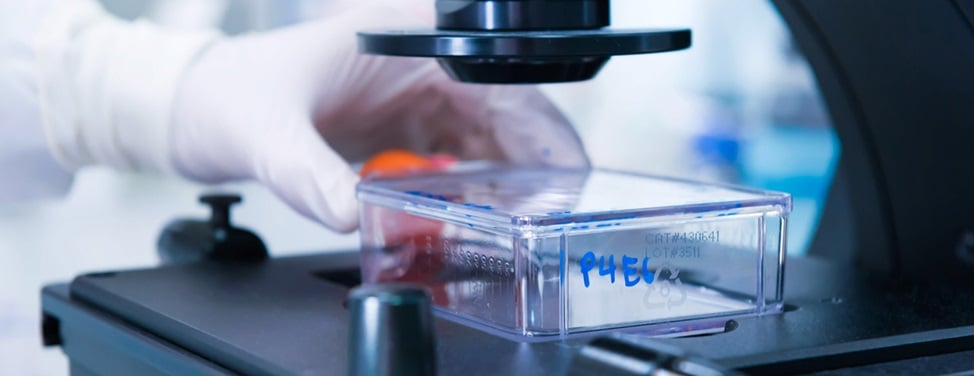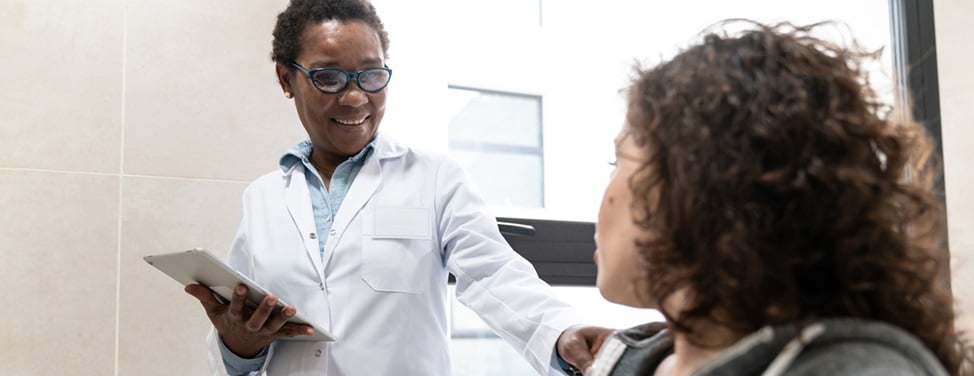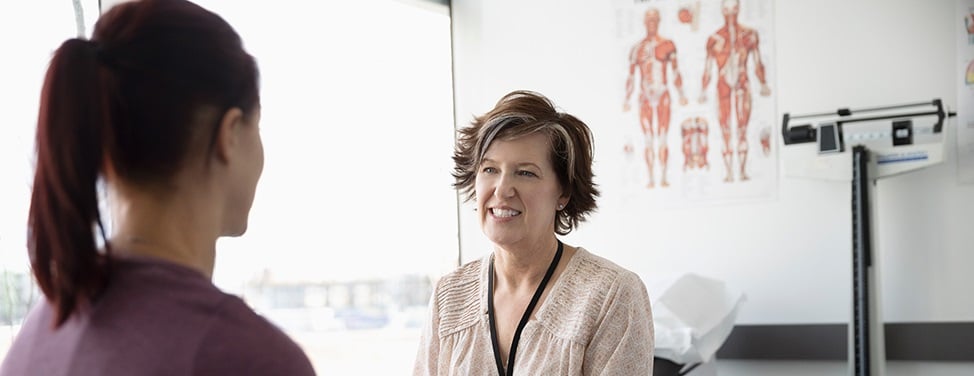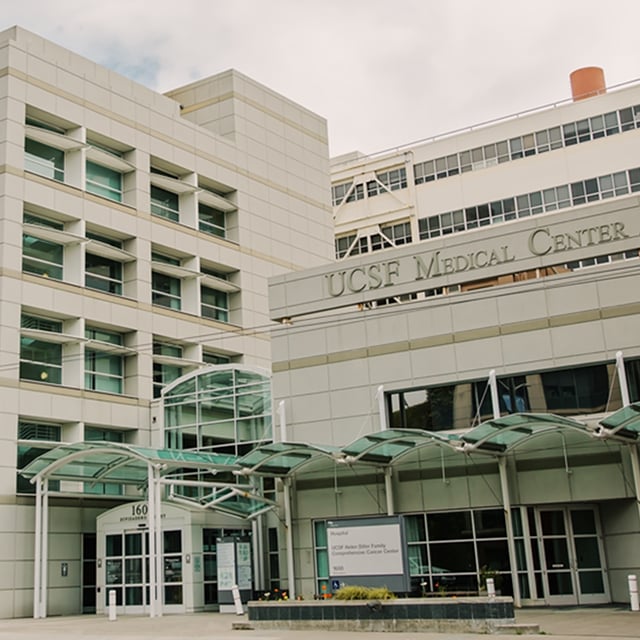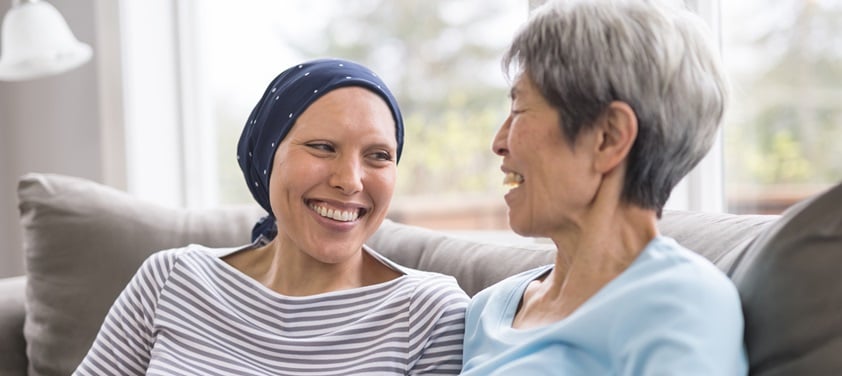Cervical Cancer

Overview
Cervical cancer usually affects women between 40 and 55 years of age, with 16,000 cases of invasive cervical cancer diagnosed annually in the United States. Pap smears are an effective screening tool.
Cervical cancers start as an abnormality of cells on the surface of the cervix. These abnormalities are not cancerous. They include dysplasia, squamous intraepithelial lesions (SIL) and carcinoma in situ. If undetected or untreated, these pre-invasive abnormalities eventually may invade normal cells of the cervix. As a result, cancer may develop, invading surrounding tissues or lymph nodes and possibly spreading to other parts of the body.
If these lesions have not invaded normal cells of the cervix, treatments may be relatively simple and straightforward.
Our approach to cervical cancer
UCSF offers innovative, compassionate care in a supportive environment to women with cervical cancer. Our team includes gynecologic oncologists, gynecologic cancer surgeons, radiation oncologists and nurses with special training in reproductive cancers.
We believe that education is a powerful part of the healing process. Our team works with each patient to help her understand her condition and all her treatment options, so we can decide together on the best course of action.
Awards & recognition
-

Among the top hospitals in the nation
-
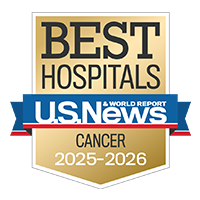
Best in California and No. 7 in the nation for cancer care
-
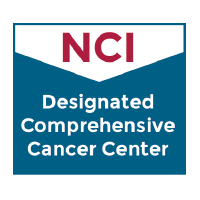
Designated comprehensive cancer center
Signs & symptoms
Pre-cancerous changes of the cervix usually don't cause pain. In fact, they generally don't cause symptoms and aren't detected unless a woman has a pelvic exam and a Pap smear.
Symptoms usually don't appear until abnormal cervical cells become cancerous and invade nearby tissue. When this happens, the most common symptom is abnormal bleeding, which may start and stop between regular menstrual periods or may occur after sexual intercourse, douching or a pelvic exam. Menstrual bleeding may last longer and be heavier than usual.
Bleeding after menopause also may be a symptom of cervical cancer. Increased vaginal discharge is another symptom of cervical cancer.
Diagnosis
A pelvic exam and two screening tests – the Pap test and the human papillomavirus (HPV) test – are used to detect cervical cancer. Your health care provider uses an instrument called a speculum to examine you and take samples for the screening tests.
- Pelvic exam. Your provider checks your vagina, uterus, bladder and rectum for any lumps or changes in their shape or size.
- Pap test. Your provider collects cells from your cervix and the surrounding area. These are sent to a medical lab to be screened for abnormal cells. Find out more, including how and why the Pap test is done, how to prepare, and what it feels like.
- HPV test. Your provider collects cells from your cervix and the surrounding area and sends them to a medical lab for testing. The lab looks for the various types of HPV that cause cancer. Find out more, including how and why the HPV test is done, how to prepare, and what it feels like.
Our approach to abnormal screening test results
At UCSF, we offer the full range of screening and treatment options for cervical dysplasia, including colposcopy, loop excision (LEEP), laser ablation, cryotherapy and watchful waiting in certain situations. We believe that empowering patients with knowledge is an important part of the healing process, and we encourage all our patients to participate in choosing the option that best aligns with their preferences and values.
Treatments
There are a number of ways to treat cervical cancer.
Loop electrosurgical excision procedure (LEEP)
This simple procedure can be performed in the doctor's office under local anesthetic. An electrically charged wire loop is used to remove the outer portion of the cervix containing the abnormal tissue, which then can be examined under a microscope to confirm that no cancer remains. In the great majority of cases, women are cured after one LEEP procedure and are able to return to full activity shortly thereafter.
Cryosurgery
This is a procedure that freezes and kills the abnormal cells on the cervix. In this procedure, which is performed in the doctor's office and usually does not require an anesthetic, a silver probe that has been cooled with liquid nitrogen is placed against the cervix. This freezing kills the outer layer of cells that are abnormal on the cervix.
Cryosurgery hysterectomy
The removal of the uterus through the abdomen or vagina is a major surgical procedure requiring at least an overnight stay in the hospital. There are very few reasons to perform a hysterectomy for pre-invasive lesions. It is sometimes used for women who have had more than one relapse and no longer have enough tissue to perform another LEEP.
Treatment of invasive cancer
The treatment of invasive cancer depends upon the extent of tumor growth. In cases where the tumor is small and confined to the cervix, a woman may be treated with either a radical hysterectomy or with radiation therapy. When tumors are large or extend to adjacent tissues or lymph nodes more intensive therapy is required, such as radiation therapy, sometimes with the addition of chemotherapy drugs.
Radical hysterectomy
This is the surgical removal of the uterus, the upper portion of the vagina, and the ligaments and connective tissues that hold the uterus in place. During a radical hysterectomy, it also is common to remove the lymph nodes in the pelvic area, for microscopic cancer cells can spread to those lymph nodes and into the ligaments that hold the uterus in place.
It is not necessary to remove the ovaries in a radical hysterectomy and the preservation of ovarian function is one of the benefits of this approach. This is important for younger women. Following a radical hysterectomy, a woman will no longer have menstrual periods and will not be able to bear children. However, she will continue to have the female hormone estrogen in her body. When patients are properly selected for this procedure, the cure rate of cervical cancer is between 85 percent and 95 percent.
Radiation therapy
This treatment uses high-energy rays to damage cancer cells and stop them from growing. It is a localized treatment, which means that it works to attack cancer cells in one area. The radiation may come from a large machine, called external radiation, or from radioactive materials placed directly into the cervix, called implant radiation. Some patients receive both types of radiation therapy.
Chemotherapy
The use of drugs to kill cancer cells is most often used when cervical cancer has spread to other parts of the body. A patient may receive just one drug or a combination of drugs in cycles. Chemotherapy may be given by injection into a vein or by mouth. It is a systematic treatment, meaning that the drugs flow through the body in the bloodstream.
Biological therapy
This treatment uses substances to strengthen a woman's immune system to better fight her cancer. It may be used to treat cancer that has spread from the cervix to other parts of the body. Interferon is the most common form of biological therapy for cervical cancer and may be used in combination with chemotherapy. Most patients who receive interferon do so on an outpatient basis.
UCSF Health medical specialists have reviewed this information. It is for educational purposes only and is not intended to replace the advice of your doctor or other health care provider. We encourage you to discuss any questions or concerns you may have with your provider.
More treatment info
-

Brachytherapy (HDR & LDR)
Radioactive material is placed inside a tumor or very close to it to treat the tumor and spare healthy tissue.
Learn more -

Hysterectomy
Several hysterectomy surgical approaches are available to remove the uterus and resolve fibroid symptoms.
Learn more -

Hyperthermia (HT)
Heat is used to kill small cancer tumors and to enhance the effectiveness of radiation and chemotherapy.
Learn more -

Intensity-modulated radiation therapy (IMRT)
The advanced technique focuses strong radiation on the tumor and spares surrounding healthy tissue.
Learn more
Recommended reading
Where to get care (4)
Related clinics (5)
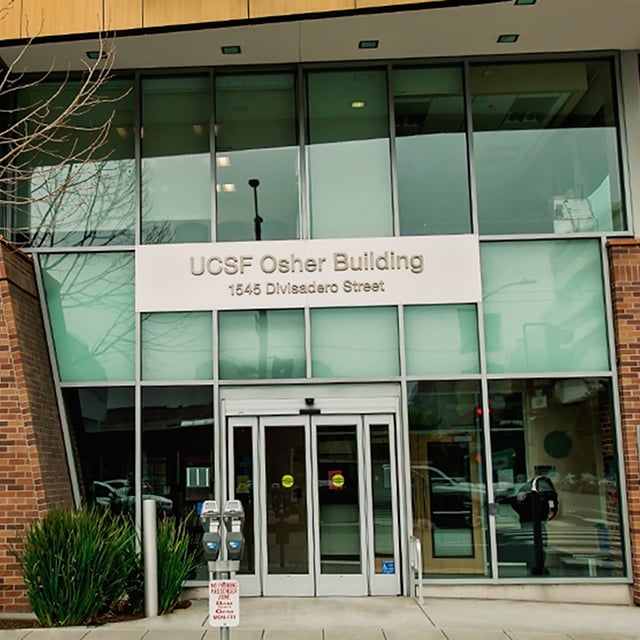
Osher Center for Integrative Health
 2
2






